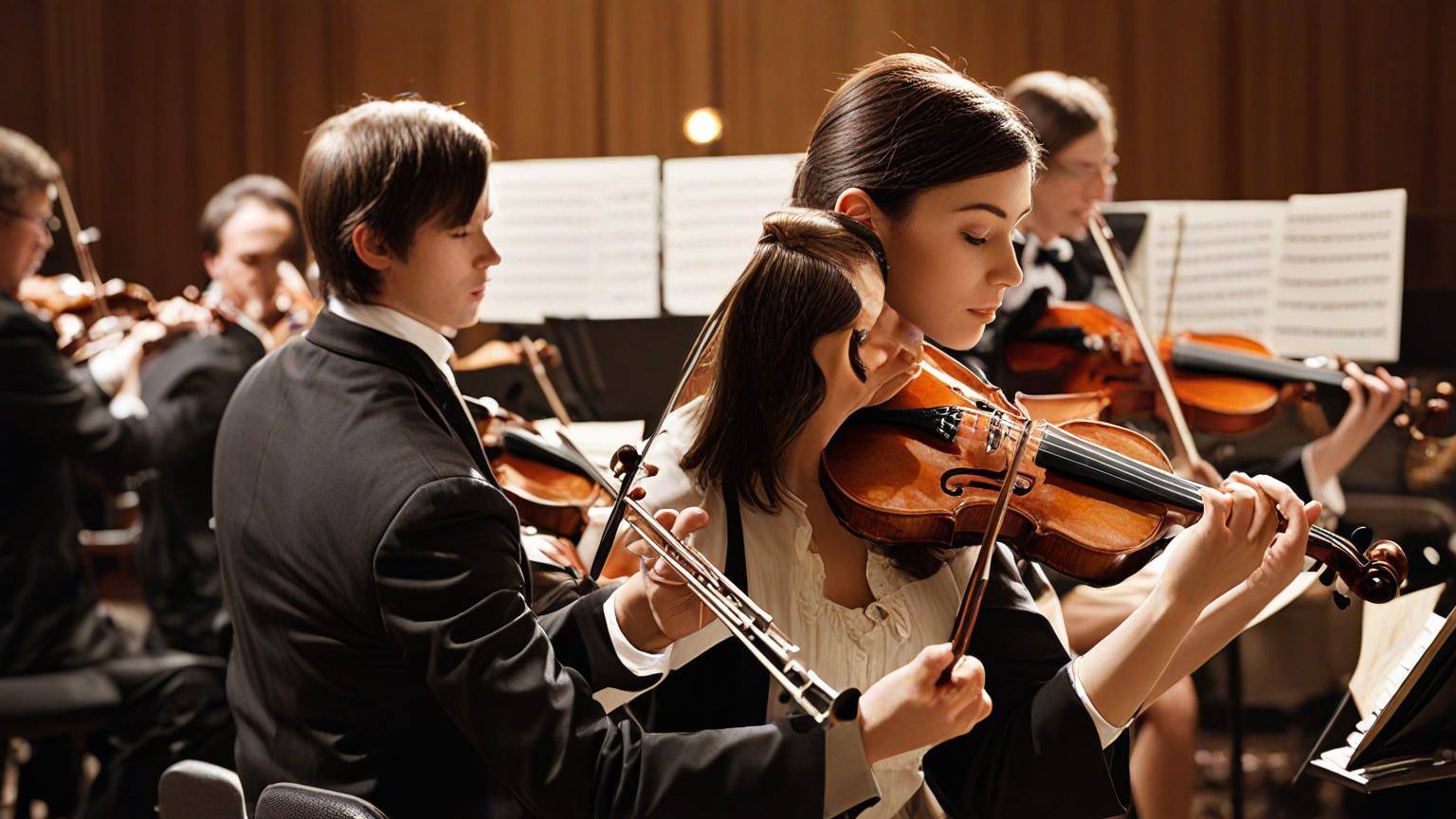Film music is an integral element of the cinematic experience, possessing a powerful ability to elicit emotions, underscore narratives, and elevate storytelling. Understanding its evolution offers fascinating insights into how this art form has transformed alongside technological advancements and changing audience preferences.
In the early days of cinema, music was predominantly provided by live orchestras during silent films. The compositions were often improvised, heavily influenced by popular music and classical themes of the time. As filmmakers began to realize the potential of music in enhancing the narrative, the role of composers transitioned from mere accompanists to central creators of mood and atmosphere.
The advent of sound recordings in the 1930s marked a revolutionary leap, ushering in the era of the film score as we recognize it today. Iconic composers like Max Steiner and Erich Korngold established the lush, orchestral scores synonymous with classic Hollywood cinema. Their work laid the foundation for the use of leitmotifs—recurring musical themes associated with characters or ideas—that has become a staple in film scoring.
The mid-20th century saw film music taking a diverse turn with the inclusion of jazz influences, as demonstrated in Alex North's score for "A Streetcar Named Desire" and Bernard Herrmann's pioneering use of unconventional orchestration in "Psycho." This era welcomed a more eclectic approach, blurring genre lines and expanding the emotional palette available to filmmakers.
The 1960s and 70s brought further experimentation with the emergence of synthesizers and electronic music, signified by Wendy Carlos's electronically arranged score for "A Clockwork Orange" and John Carpenter's minimalist, electronic soundscapes. This period marked a departure from traditional orchestral music, aligning with the counterculture movement and expanding global influences on cinema.
In recent decades, digital technology has dramatically reshaped film music production. Composers now utilize sophisticated software and samples to create scores, democratizing the industry and enabling a new generation of musicians to innovate. This shift is exemplified by scores like Trent Reznor and Atticus Ross's industrial, electronic-driven sound for "The Social Network," which received critical acclaim for its originality and character.
However, the traditional orchestra has not disappeared. Instead, it coexists with modern elements, offering filmmakers a diverse toolkit from which to draw. Works like John Williams's score for "Star Wars" and Hans Zimmer's hybrid compositions for "Inception" demonstrate the enduring power and versatility of orchestral music when combined with cutting-edge technology.
Today's film music landscape is expansive, reflecting a wide range of genres and styles that cater to a global audience. The cross-pollination of music styles from different cultures enriches soundtracks and underscores film narratives with unprecedented depth and variety.
The future of film music promises even more innovation, with advancements in AI and machine learning potentially reshaping how composers approach their craft. As new technologies emerge, music will continue to evolve, pushing the boundaries of creativity and storytelling in film.
In sum, the evolution of film music—from orchestras to synthesizers to a blend of traditional and modern elements—illustrates not only the changing face of cinema but also the limitless potential of music as a form of artistic expression. Its journey reflects broader cultural transformations, technological progress, and the unending quest for emotional resonance in storytelling.
The evolution of film music: from orchestras to synthesizers and beyond

